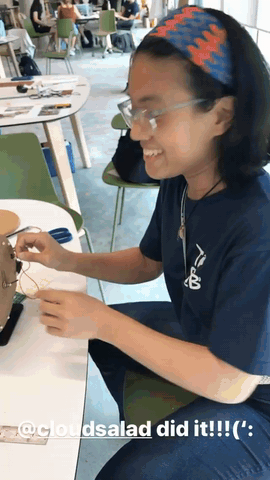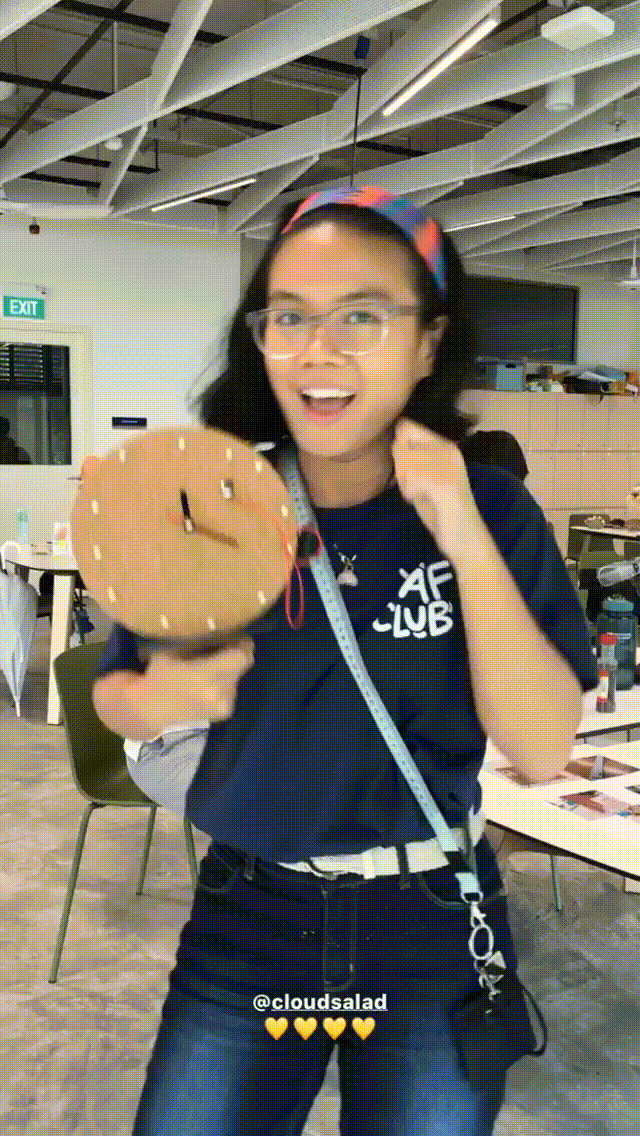A Clock That Plays Music? Here’s How Musical Clock Was Made
- winnie lim
- Jun 20, 2021
- 2 min read
Updated: Mar 11
Hello there!
In this blog post, I'll be sharing the design process and thoughts I've gone through to arrive at the outcome —Musical Clock.
Step 01:
Deconstruct To Construct

At the start of the project, it is crucial to understand how an alarm clock works before putting things together. After deconstructing, the key components are kept to be used for the explorations.
Step 02:
When you try your best, but you don't succeed...🎶

The 3rd variation was a proposal to change the way we set an alarm and the idea appealed to me. However, the unfolded paper clip did not hold itself well. The next two variations made use of existing holes for better fitting of the screws.
Step 03:
Maybe a change of materials will lead me to a...

As the prefabricated holes of the metal parts limit the timing to be set, I had a breakthrough when I applied the use of pins on a corkboard, which has provided the same flexibility of setting an alarm as a conventional alarm clock. When the conductive hour hand overlaps with the metal-plated pin, the circuit is closed to cause the buzzer to sound.
Step 04:
Knowing What Are The Issues To Be Resolved


The corkboard that was used was unable to hold the module in place. Wires were exposed in an unsightly manner and the batteries used were too bulky. Overall, the composed structure is too unstable and unappealing.
Step 05:
I think I am almost there...?



In this composition, pins serve a dual purpose: acting as numerical indicators and securing the two corkboards together. A book stand serves as the base while also concealing the back of the module, strategically exposing essential components like the dial and battery holder. Positioned directly beneath the corkboards, the buzzer provides support and activates when the hour hand touches the metal-plated pin.
Step 06:
Gotta Test It Out!!!
Nysha (@cloudsalad) was provided with all the materials, tools, and the "secret recipe" to create the composition entirely on her own.
Left: Nysha successfully created a closed circuit that made the buzzer sound!! 🥳
Right: Nysha proudly presents the final result after 1.5 hours of fun-filled testing!! 🥴✨
Through this testing, we discovered that the buzzing typically lasts for 10 minutes. As users are not able to remove the pin when the circuit is closed, there is a need to pivot the use.
Step 07:
Ta-da!
Click here to view the final outcome




